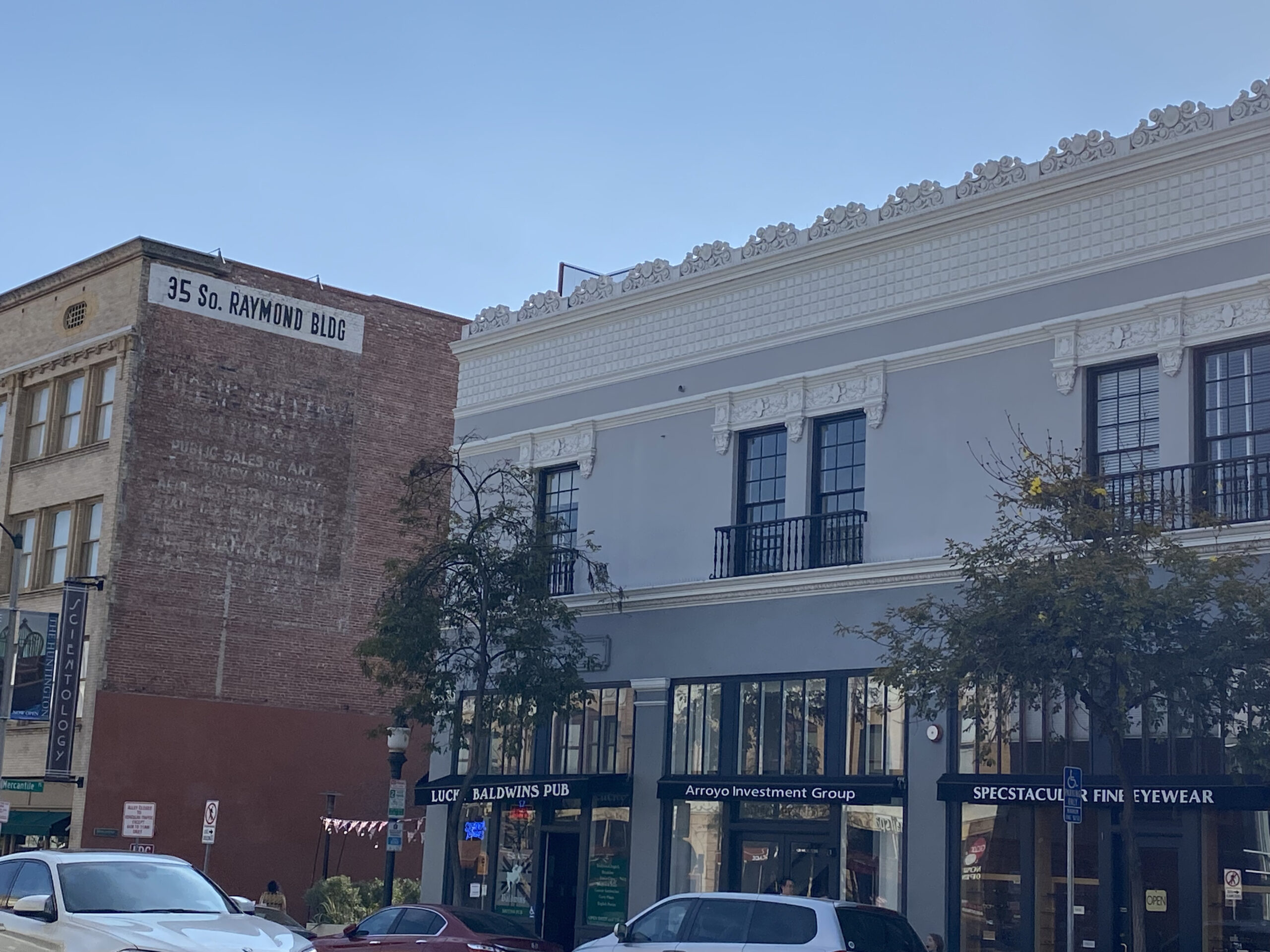
Pasadena is a city on the cusp of Los Angeles proper, just a 20-minute Metro ride from DTLA on what’s now the longest light rail line in the world. Where LA is a land of contrasts and dualities, a city where dreams are made and crushed daily amid boutique gyms and wheatgrass bars located in the same strip mall as 24-hour donut shops, Pasadena is its gentler and more consistent counterpart.
But it’s not without its share of distinctive neighborhoods complete with a large patch of nightlife in the Old Town area. The area is quintessentially SoCal, but something about the streets feels more like Dublin or Barcelona if it weren’t for that telltale American wideness peppered with parking spaces.
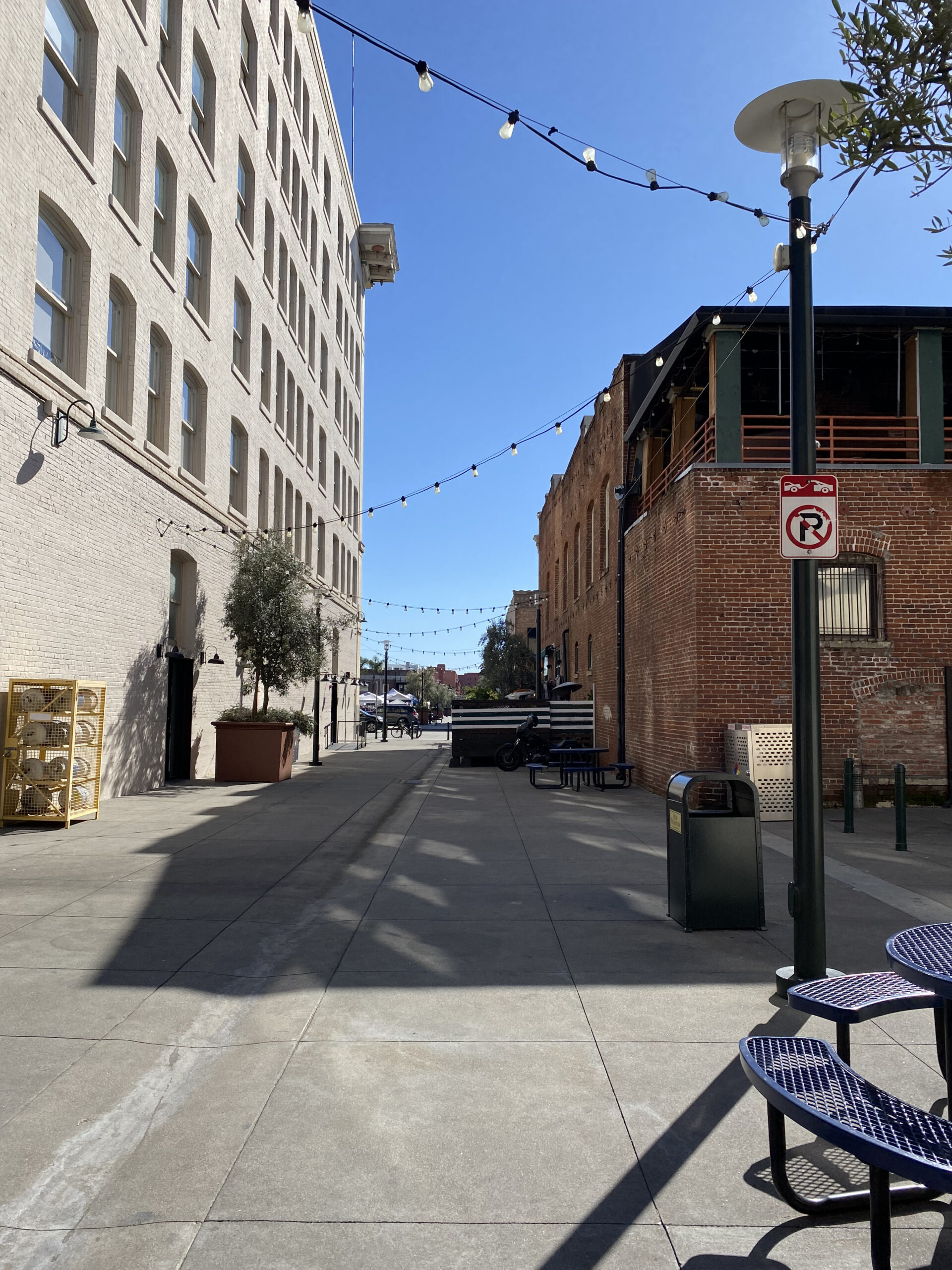
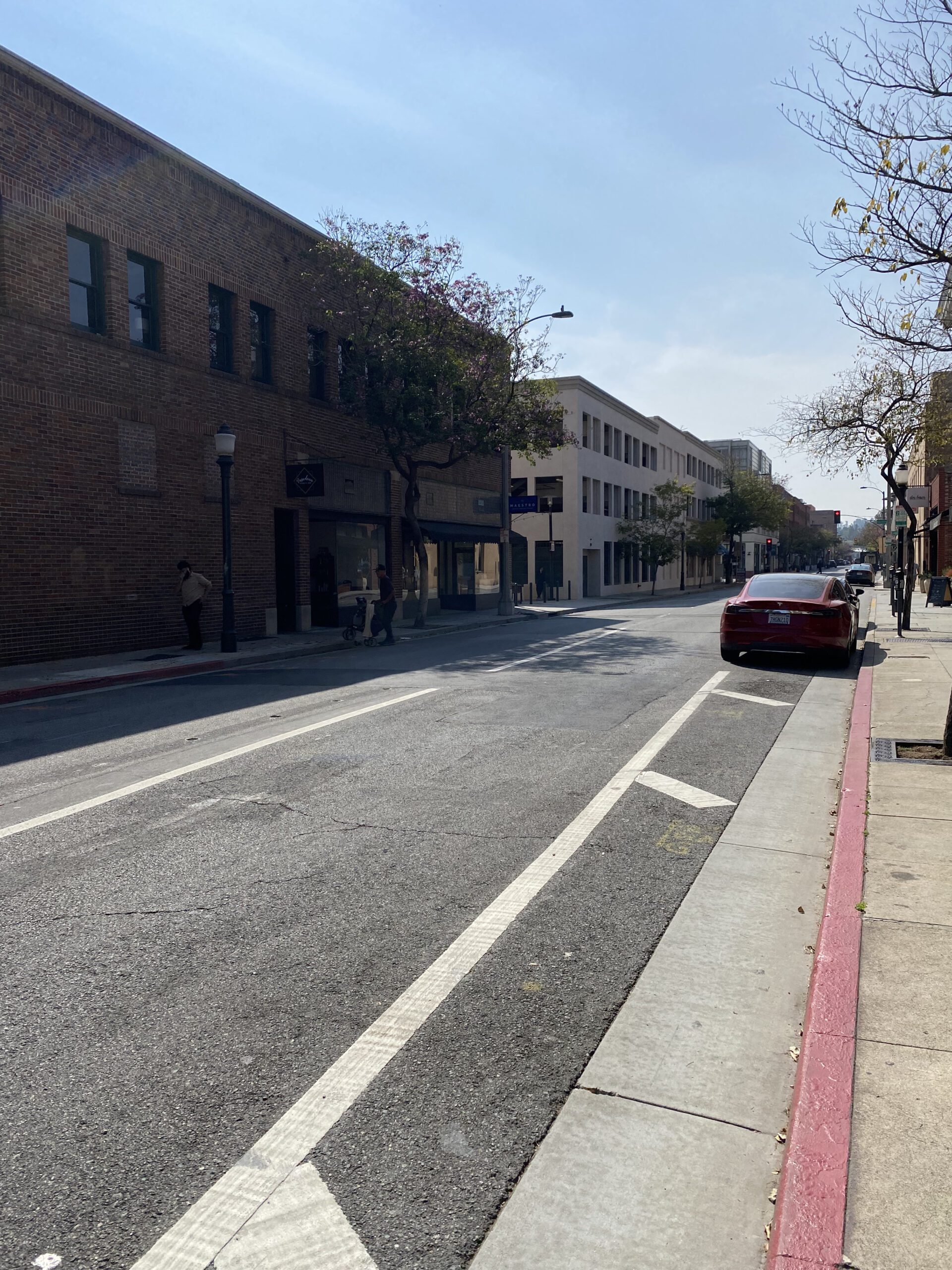
Americans have a penchant for likening any remotely walkable block to Europe. But make no mistake: Old Town Pasadena genuinely has this placid, semi-otherworldly feeling one rarely picks up on in the US, combined with that “we built whatever we could next to this” vibe unique to Los Angeles and environs.
Independent restaurants, bakeries, and bars boldly stand out on the main thoroughfares or shyly invite you in from tiny doorways near the walkable alleys. Local and national chains, like Barney’s Beanery and Cheesecake Factory respectively, are present, but they don’t loudly demand your attention like they would in The Grove or in Hollywood proper (aka the Times Square of LA). Tables and chairs dot sidewalks and alleys, designed for patrons to laconically savor a latte and watch the world go by instead of rushing out of a drive-through.
Stopping in at the former site of the Union Sandwich Shop, a literal French cafe has taken residence there. You’ll wait a while for an authentic crepe, and it will be worth the wait though it may come as a culture shock if you’re used to the alacrity of Westside joints. It compounds the feeling with genuity that Old Town is an oddly European microcosm, similar to yet drastically unlike the rest of the greater Los Angeles area.
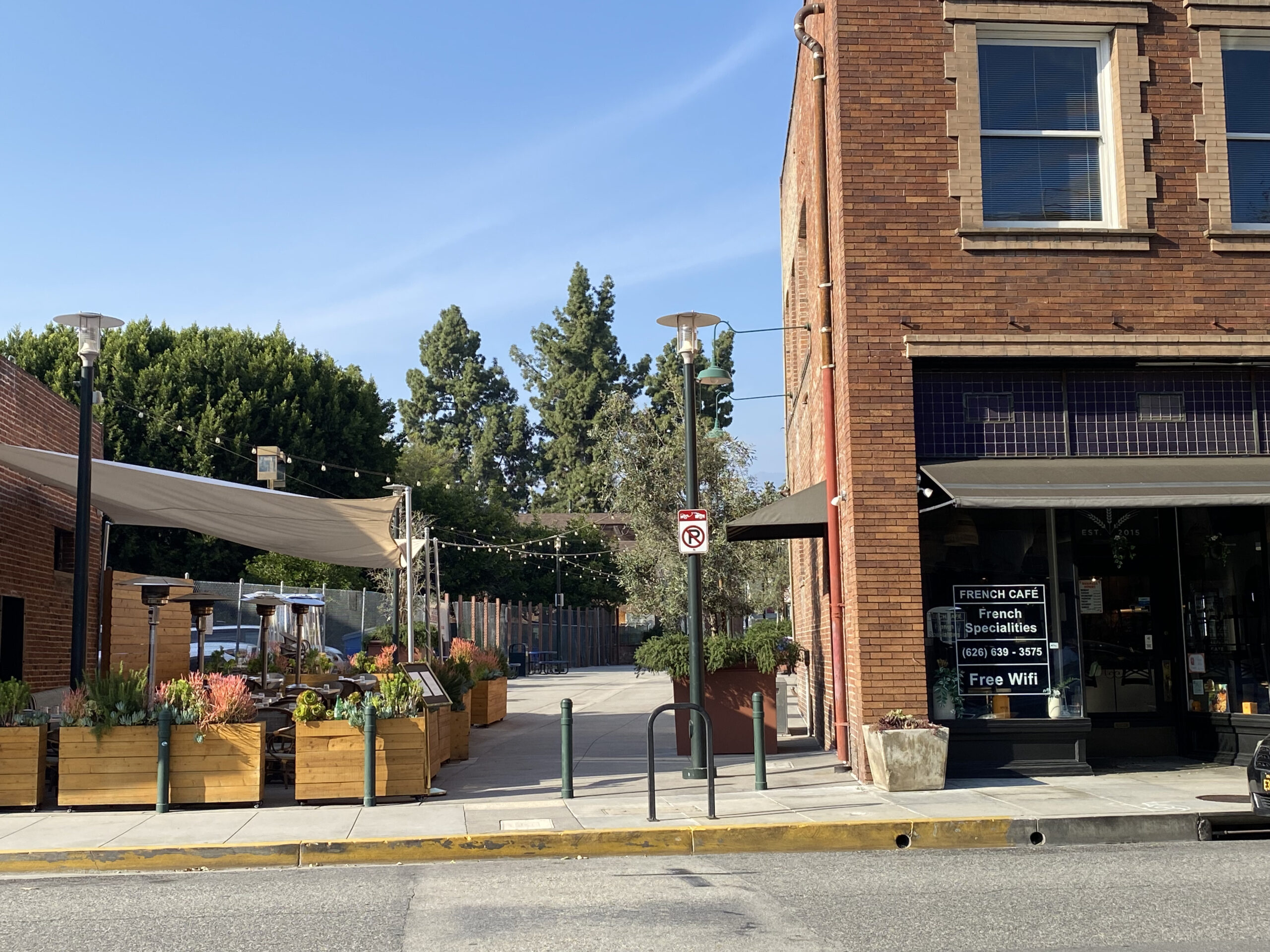
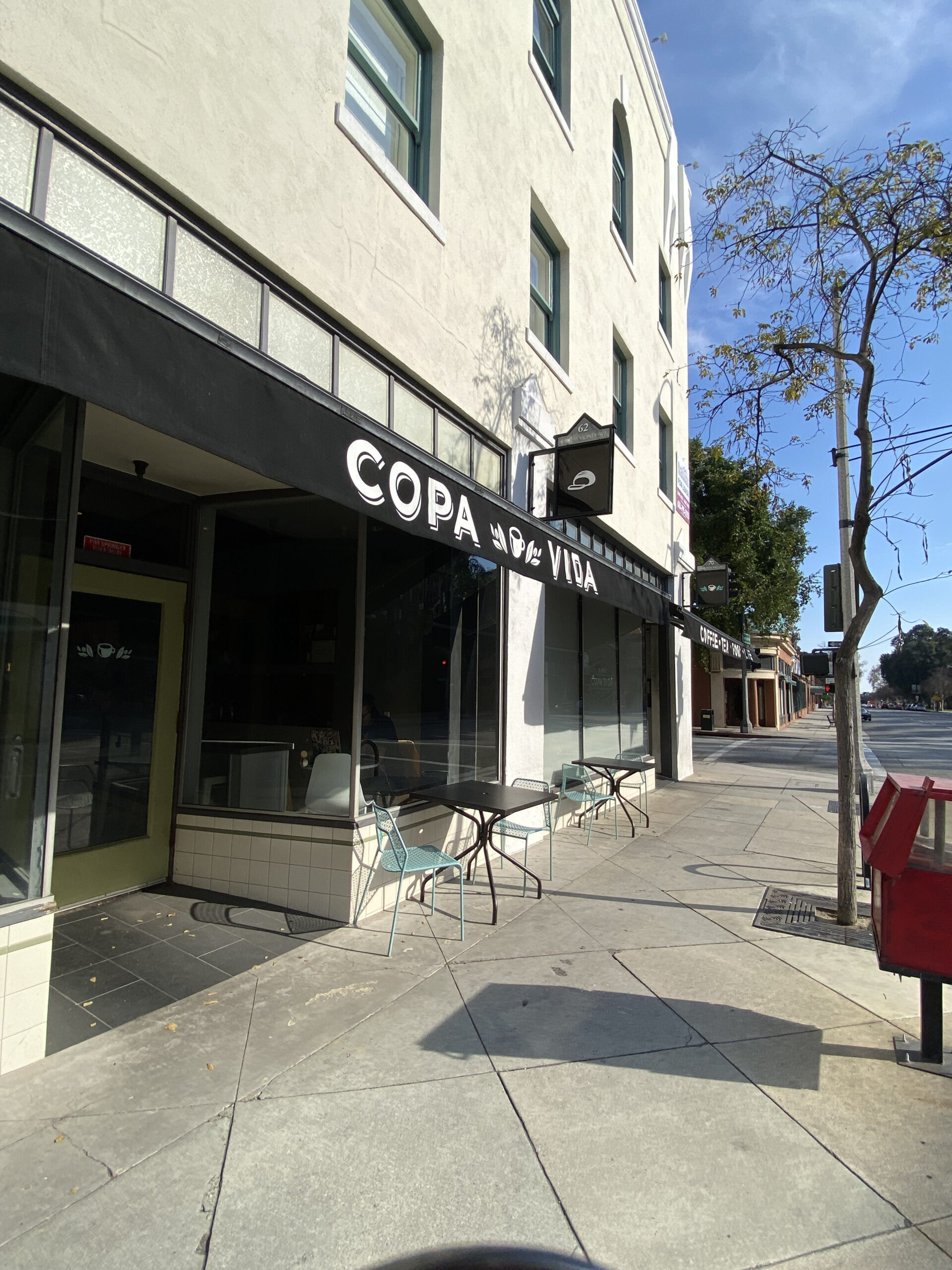

This may be because of how much the area embraces its history. According to the official Pasadena visitors’ bureau, “Old Pas” has 22 blocks on the National Register as a historic district, with some of the open-air plazas and architecture dating back to the late 19th century. The district was founded in 1874 as an orange growers’ cooperative, predating the City of Pasadena which became official in 1886.
Architecture styles spanning multiple centuries can be found on the main drags, and the neighborhood is one of the most, if not the most, walkable areas in the city. In the decades spanning the Gilded Age and Roaring Twenties, Pasadena became an enclave for wealthy snowbirds. Bungalow Heaven was in its infancy and grand hotels, like the Hotel Green which was turned into a condo association, sprung up to accommodate affluent tourists and the growing film industry.
Under the original studio system, movie stars were under contract to live near Los Angeles. New York movie stars who made the westward jump, a move many of us from more humble beginnings still make, gravitated to burgeoning bungalow communities throughout Pasadena and eastern LA as Old Town’s middle class swelled well into the postwar era. This definitely explains why that classic Hollywood charm is still felt in Pasadena and the area remains a haven for artists and other creatives to this day: close enough to the heart of Hollywood, but with enough distance and unique identity to be its own entity.
The Mission Revival style quintessential to SoCal can certainly be found in Old Town, but Moorish and Victorian architecture is what makes the area seem starkly European in comparison to the rest of the region.
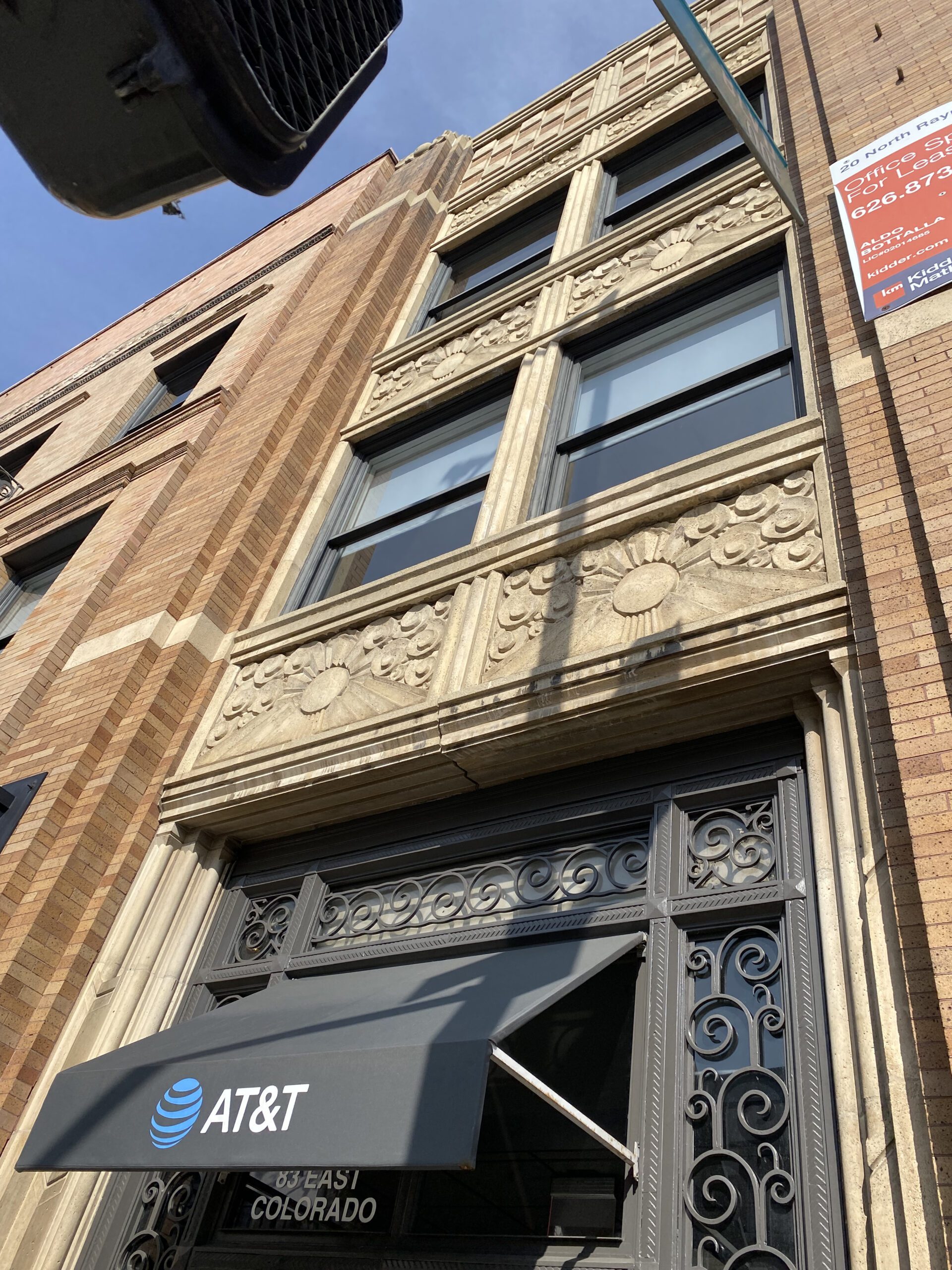
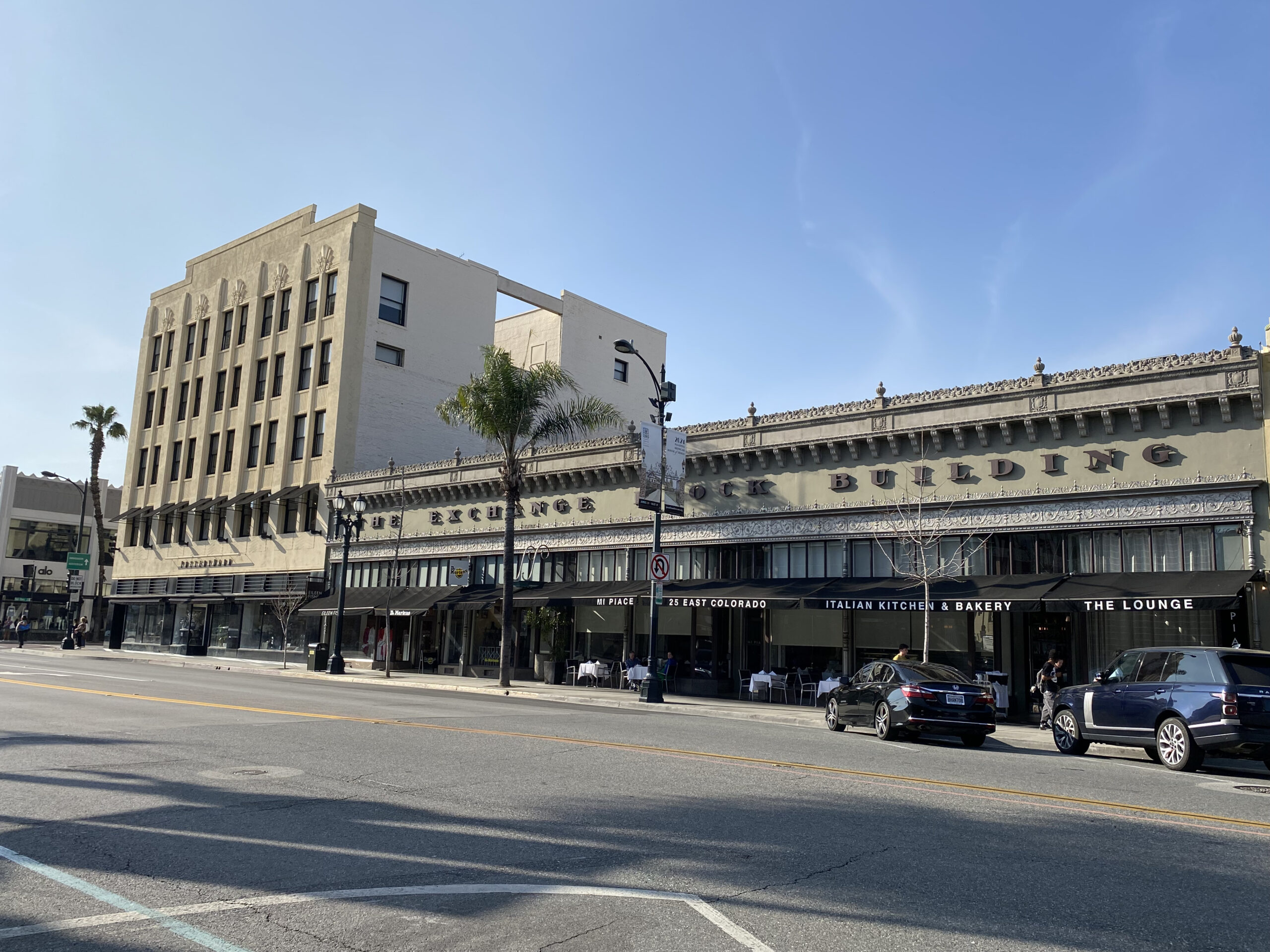
Old Town is extremely walkable. Colorado Boulevard is the chief main drag redolent with bars, shops, and restaurants of all types, with many modern facades jutting out of well-preserved historic buildings. Numerous Foothill Transit and Metro lines can be picked up on or near Colorado Boulevard, with their infrequency belying the otherwise European milieu.
The Memorial Park station containing the Metro A line to Azusa and Long Beach is artfully built into the eponymous Memorial Park along Holly Street and Holly Village Apartments. You can reach Union Station in 20-25 minutes, although wait times for the A line can get incredibly long on weekends.

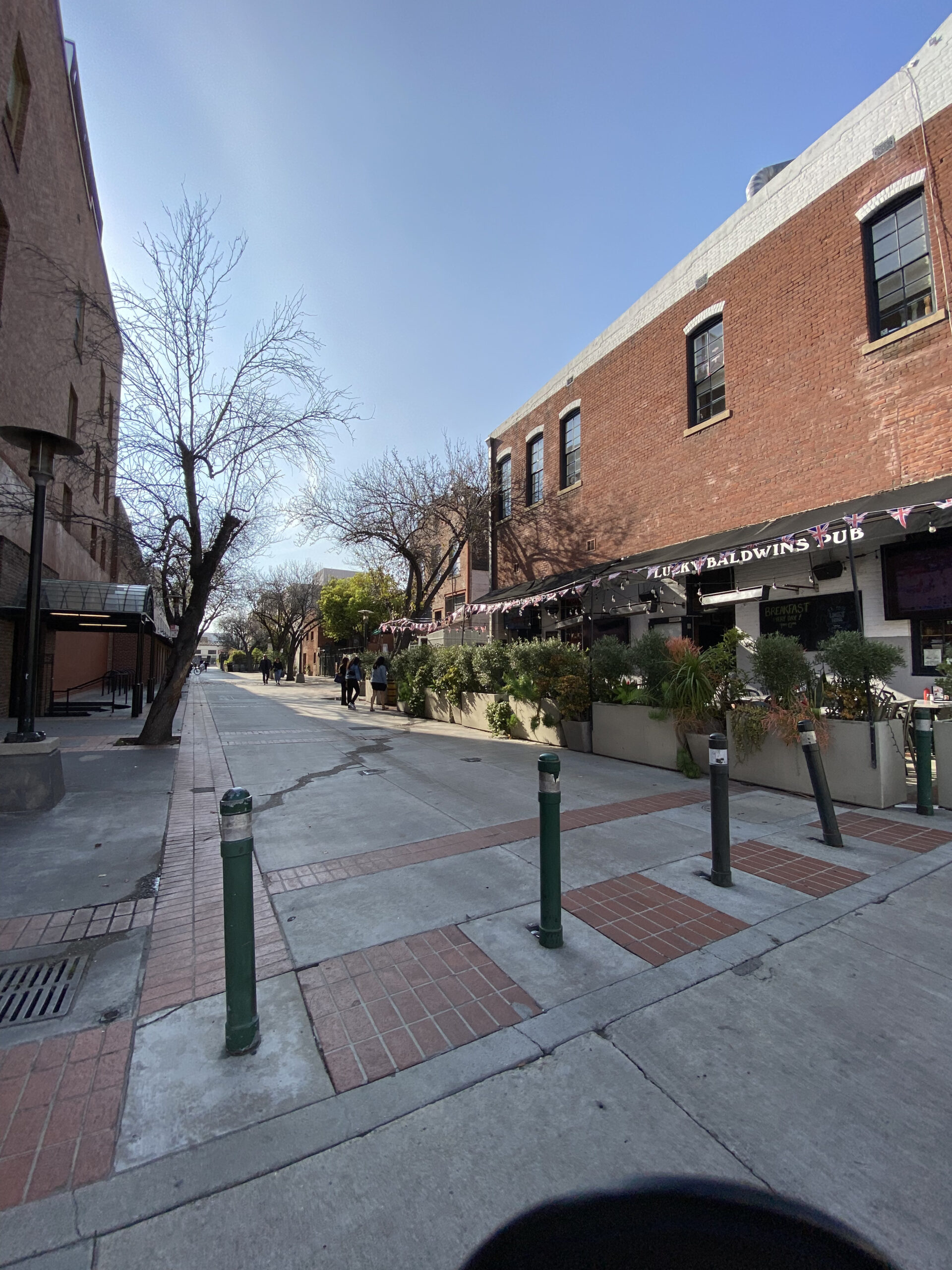
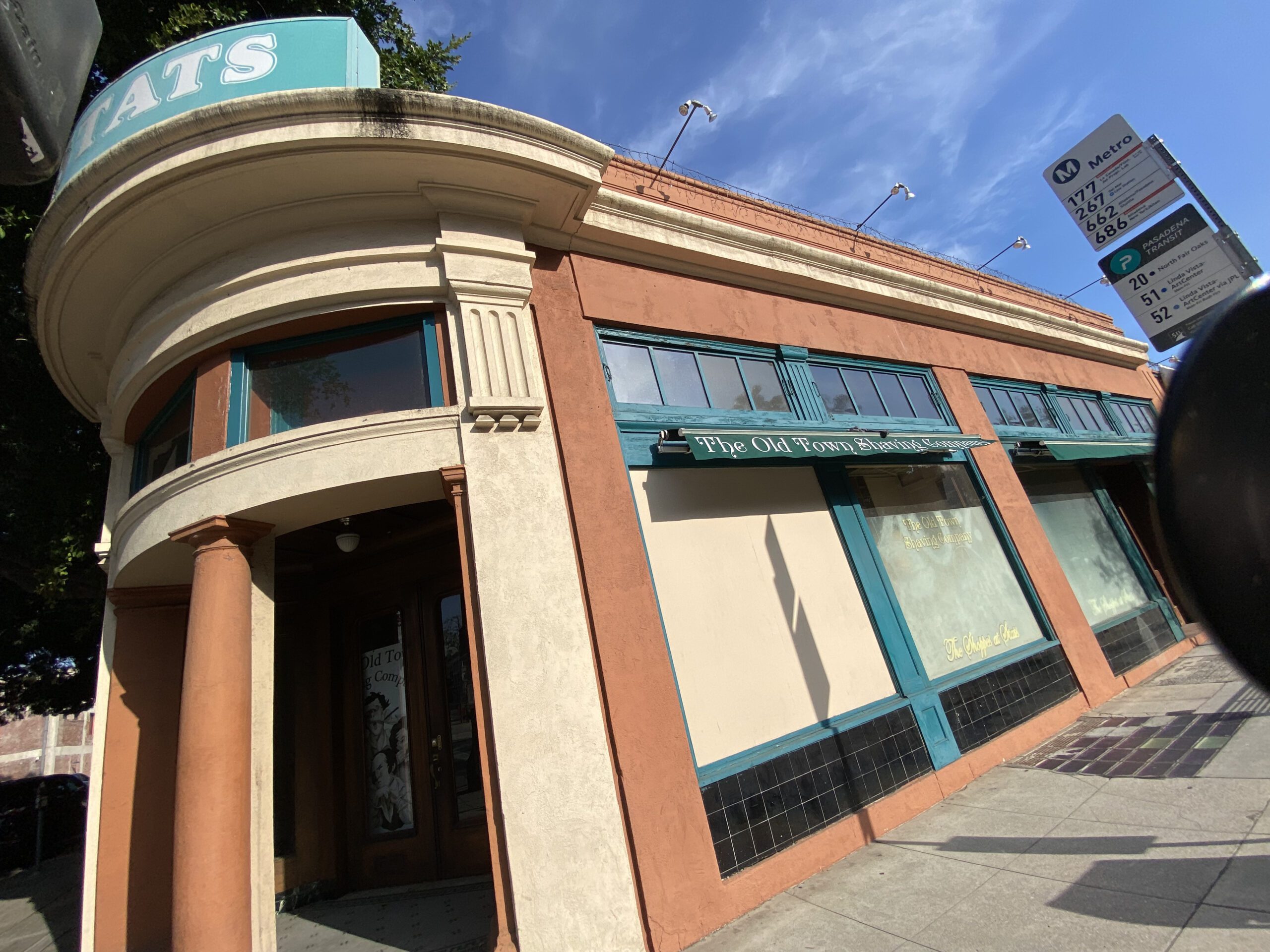
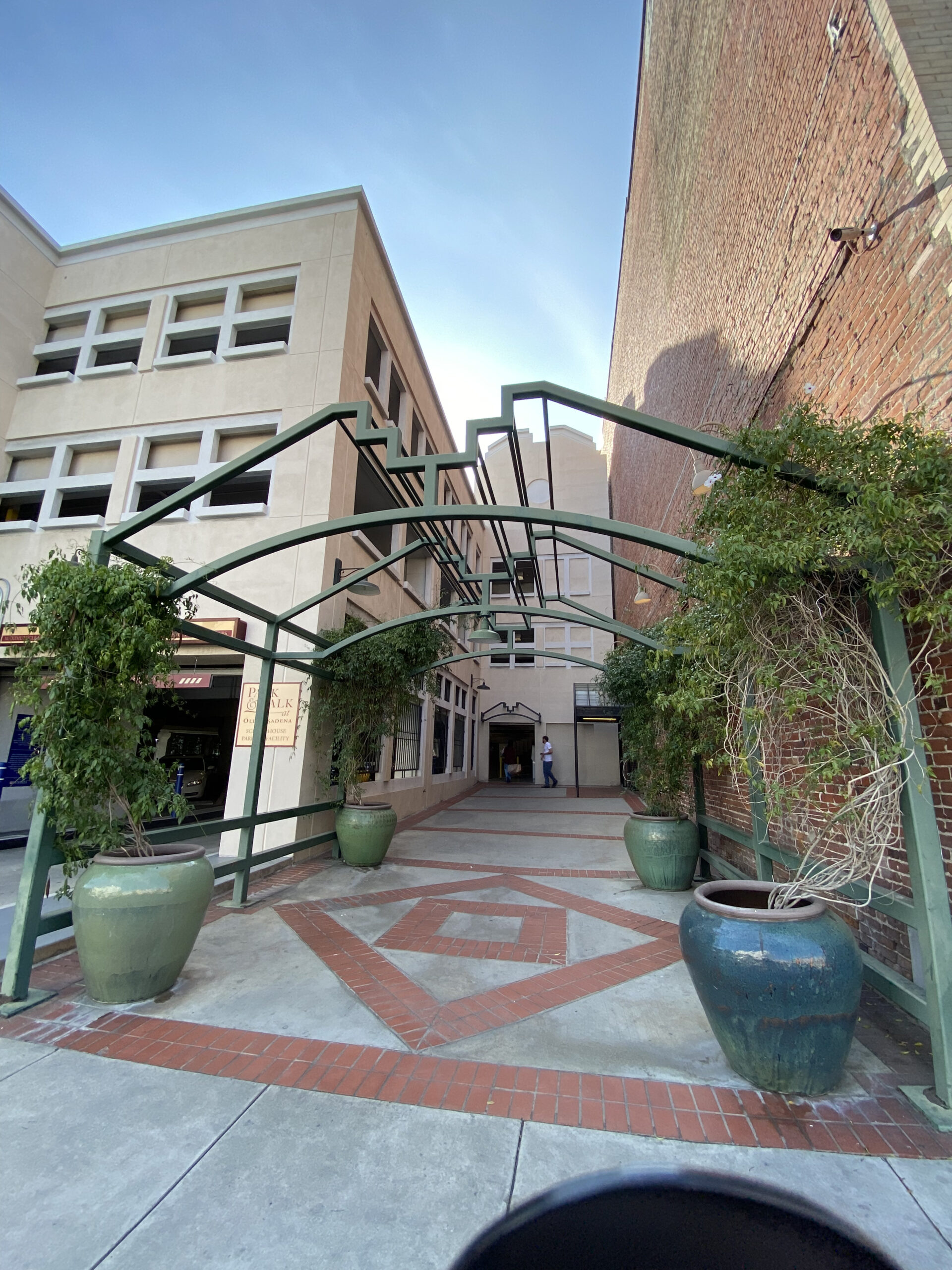
The sheer walkability of the area didn’t go unnoticed by artisans and event promoters. The medium-sized vacant lot on Colorado Boulevard beckoning pedestrians to Old Town has parking nearby in addition to being just two blocks from the Metro, making it appealing for community events like the Old Town Flea.

Old Town Flea adds to the pleasant retro feel of the area, being a much smaller market than the comparatively huge Los Feliz Flea and other notable markets and swap meets of LA. It gives the vendors a better chance to more closely connect with attendees, who don’t feel as rushed to see every booth.
Some notable booths include Orange County-based Novisade, a jewelry designer specializing in unique upcycled, vintage, and repurposed jewelry using items from estate sales, junk drawers, and broken pieces most people would throw out. Glendale-based Bob’s Beans sells coffee that can be traced directly to the origin and is roasted right here in LA County.
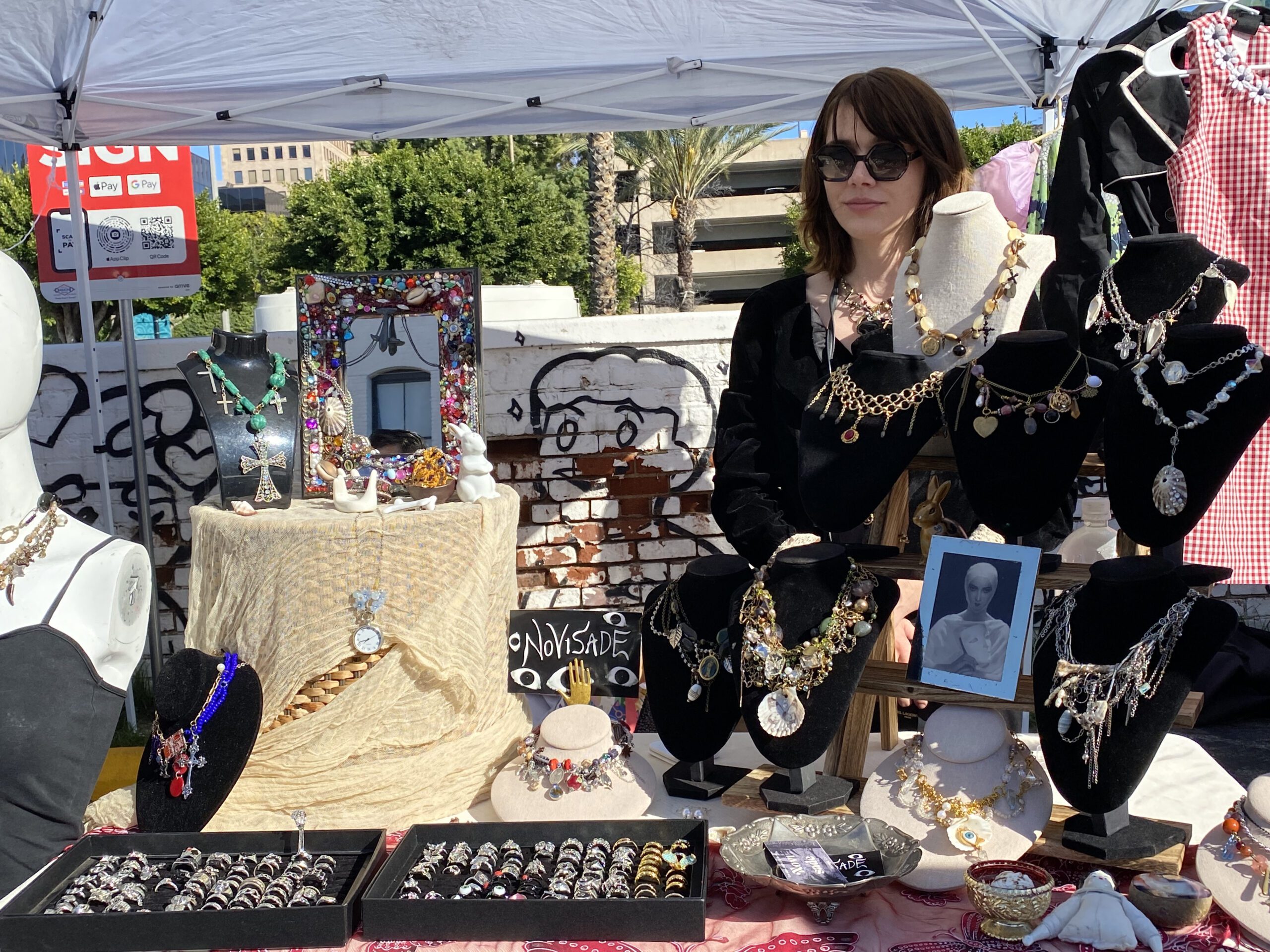
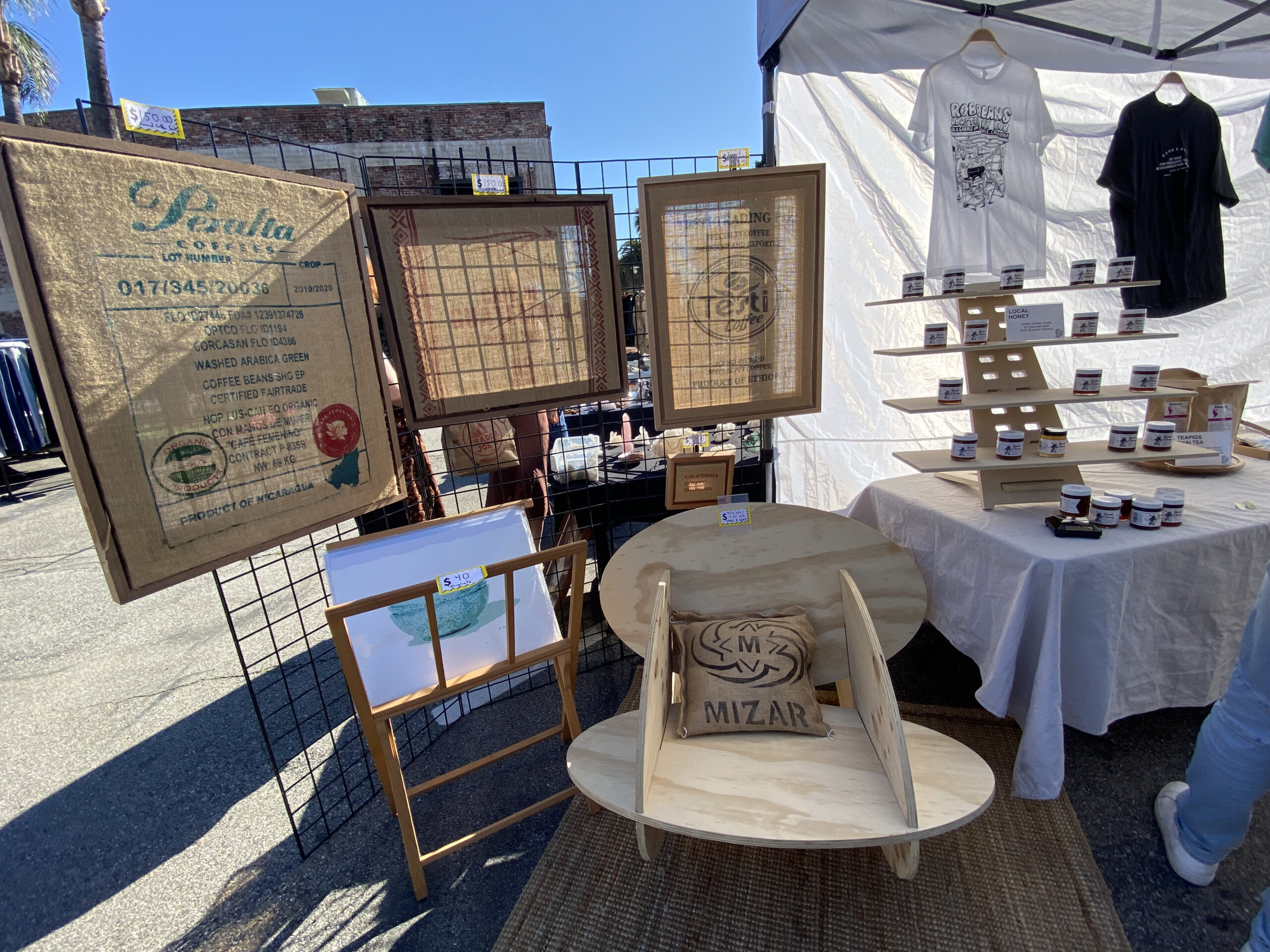
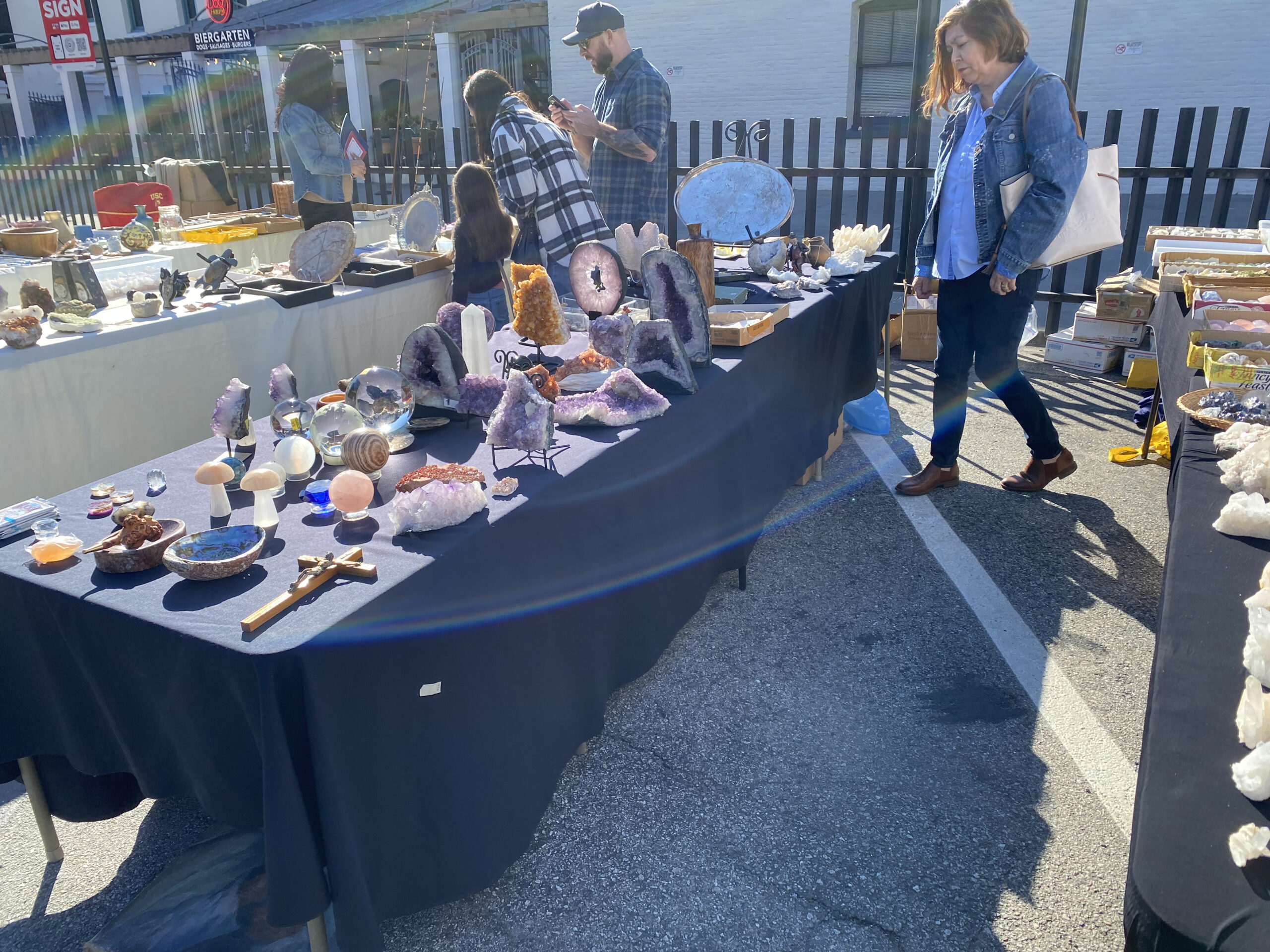
Swap meet and community market culture is an intractable part of living in LA, and a smaller market in a walkable area is just as appealing to vendors as it is to attendees. Whether you’re stopping in for an impulse crystal purchase or a fresh crepe, Old Town is the surprising getaway to another country that you didn’t realize was in your backyard all this time.

